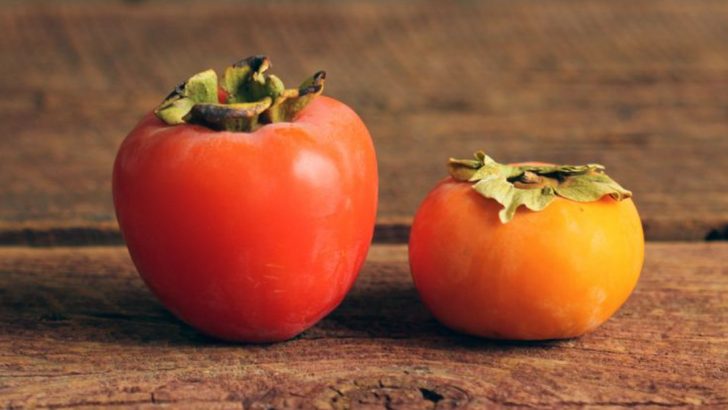Persimmons are orange fruits that brighten up fall and winter produce sections with their sweet flavor and unique texture. These nutritional powerhouses come in different varieties and can be enjoyed in multiple ways once you know their secrets.
Whether you’re a persimmon newbie or longtime fan, these fascinating fruits deserve a spot in your seasonal eating rotation.
1. Two Main Types Rule The Market
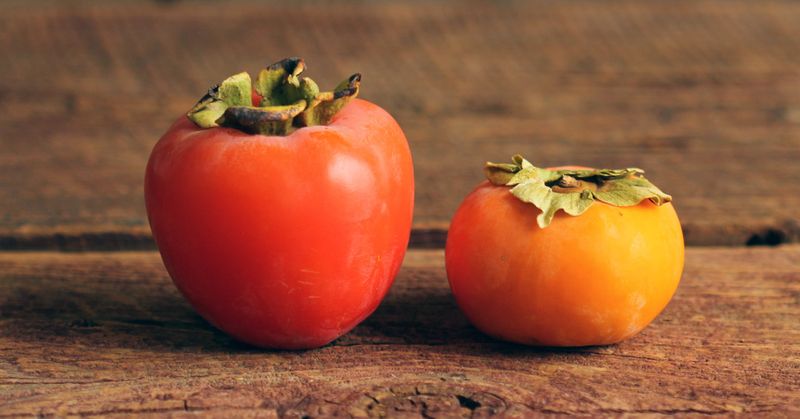
Fuyu and Hachiya persimmons dominate grocery stores worldwide. Fuyus resemble squat tomatoes with firm flesh you can bite into like an apple—no waiting required!
Hachiyas, by contrast, have a pointed bottom and must fully ripen until jelly-soft before eating.
2. Mouth-Puckering Tannins Require Patience
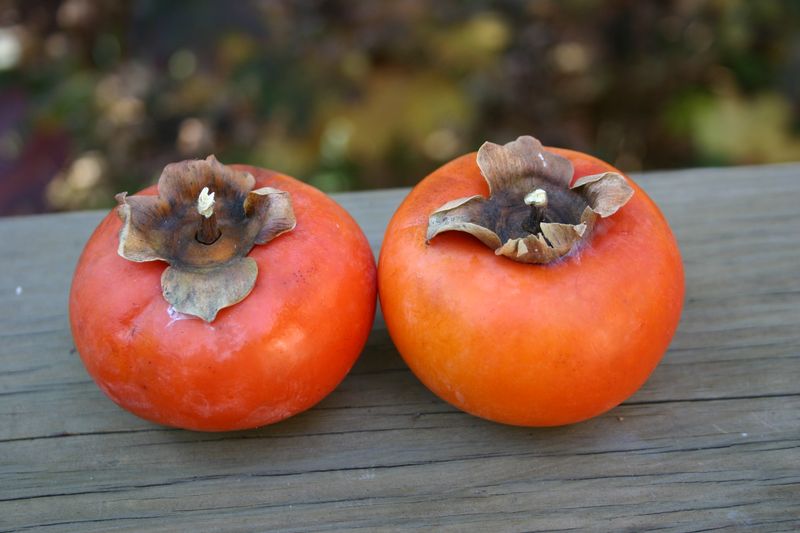
Raw unripe persimmons contain high levels of soluble tannins that create an astringent sensation—like sucking on a tea bag. These tannins bind with proteins in your saliva, causing that distinctive dry-mouth feeling.
As the fruit ripens, these tannins break down naturally. Smart shoppers know to wait until Hachiyas feel like water balloons and Fuyus develop deep orange coloring.
3. Freeze For A Frosty Natural Treat
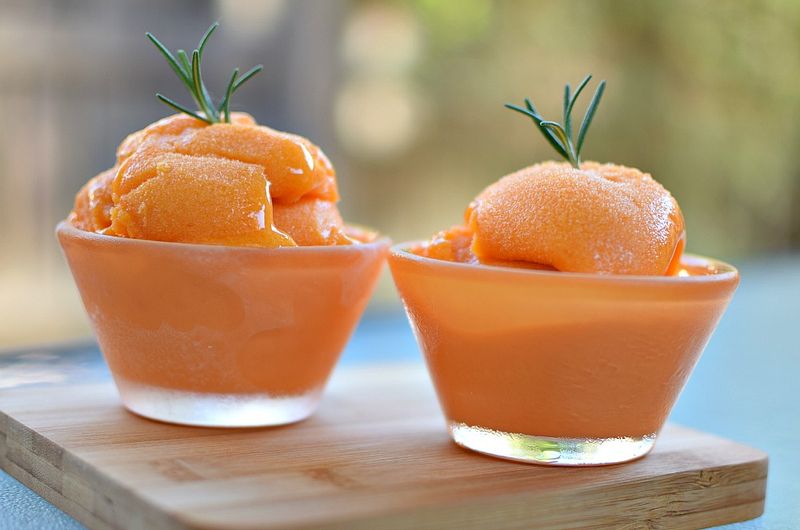
Ripe Hachiyas transform into nature’s sorbet when frozen whole. Simply place fully ripened fruits in the freezer overnight, then slice off the top when ready to enjoy.
Grab a spoon and scoop out the sweet, sherbet-like interior! Kids absolutely love this healthy dessert alternative with zero added sugar.
4. Ancient Fruit With Cultural Significance
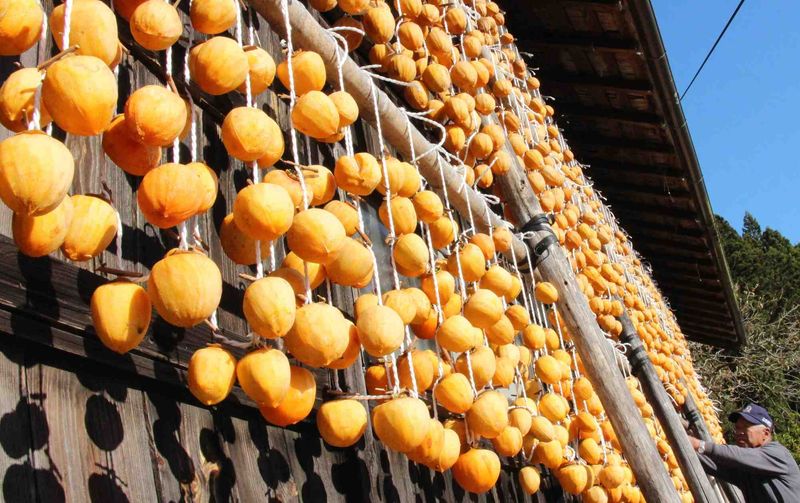
Persimmons have been cultivated for over 2,000 years, originating in Asia where they hold deep cultural meaning. In Japan, dried persimmons (hoshigaki) are traditional winter treats made through a meticulous hand-drying process.
The character for persimmon (柿) sounds similar to the word for “affairs” (事), creating the phrase “may all your affairs be successful.”
5. Loaded With Unexpected Nutrients
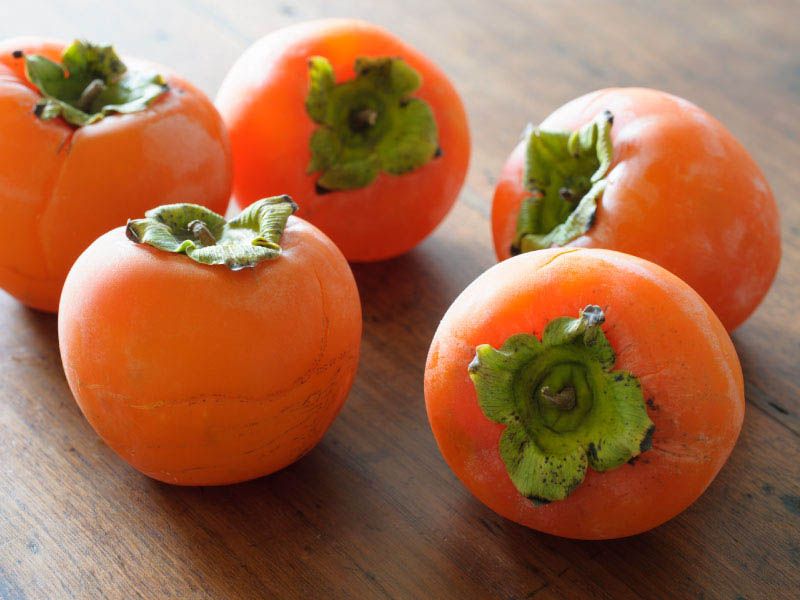
Beyond their color, persimmons pack serious nutritional punch. A single fruit delivers nearly 55% of your daily vitamin A needs, supporting eye health and immune function.
They’re surprisingly high in fiber—one persimmon contains about 6 grams, helping keep your digestive system running smoothly.
6. Perfect Fall Baking Ingredient

Persimmon pulp transforms ordinary baked goods into extraordinary fall treats. The fruit’s natural sweetness means you can reduce added sugar in recipes for healthier results.
Persimmon cookies with walnuts and spices capture autumn’s essence perfectly. For a showstopping dessert, try persimmon pudding!
7. Wild American Varieties Exist
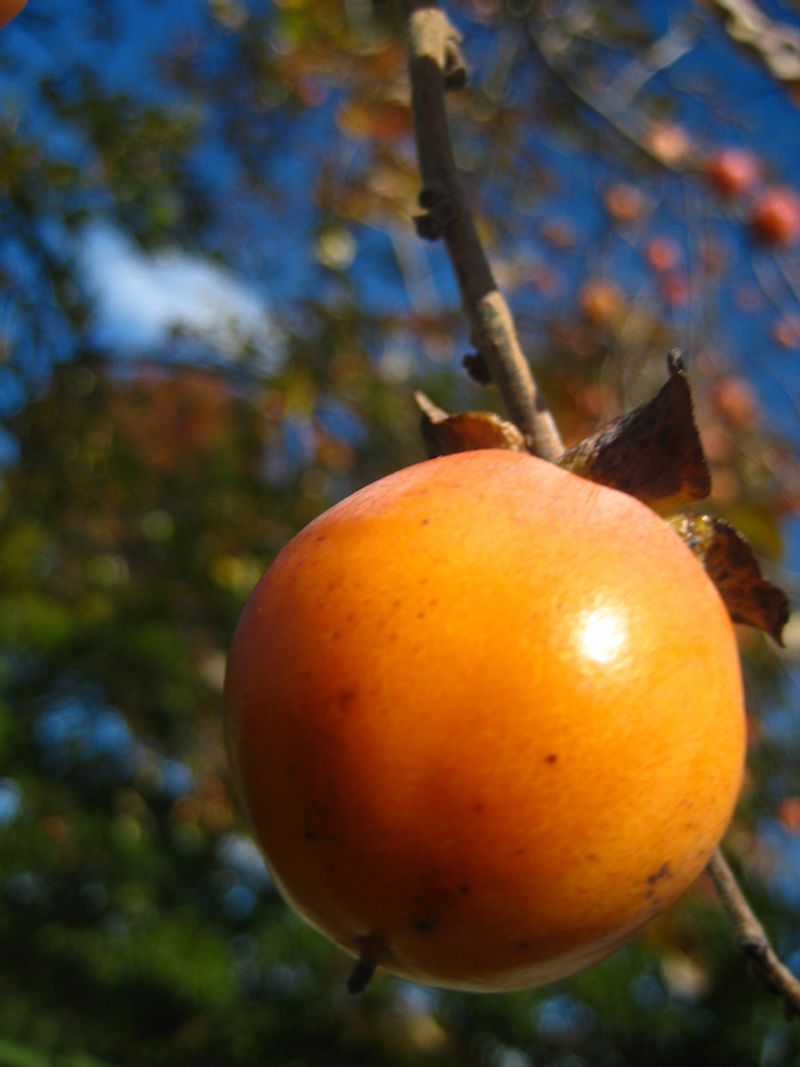
Most shoppers don’t realize North America has its own native persimmon species! American persimmons (Diospyros virginiana) grow wild throughout the eastern United States, producing smaller fruits with complex, date-like flavor.
Indigenous peoples used these native persimmons extensively for food and medicine.
8. Stems Reveal Ripeness Secrets
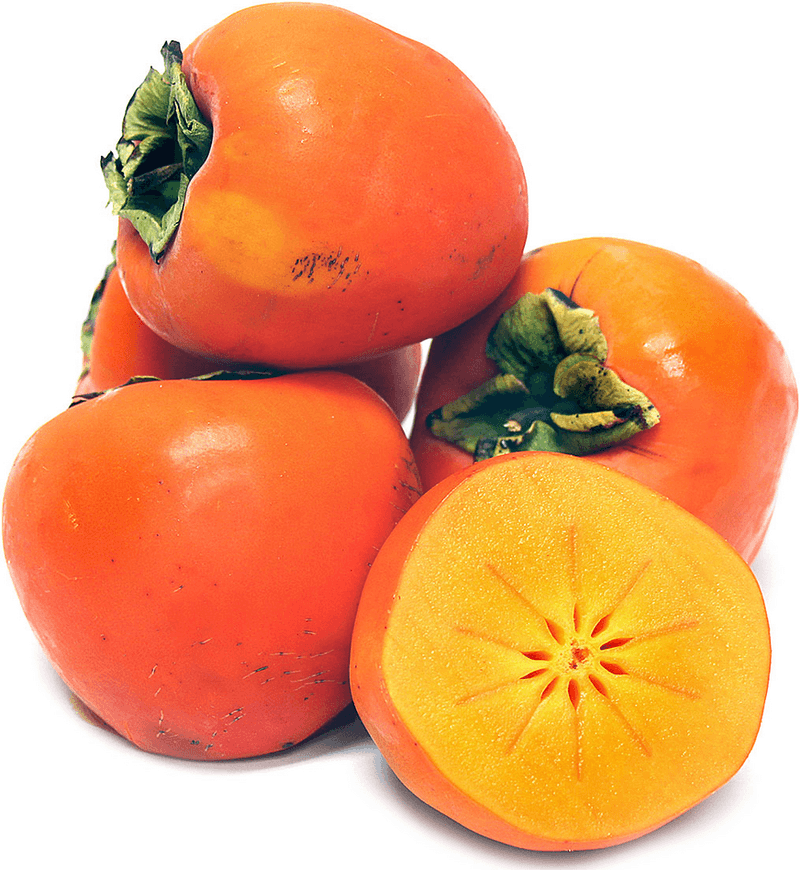
The calyx (leafy crown) offers clues about a persimmon’s readiness. Fresh green stems indicate the fruit was harvested recently, while brown, dried calyxes suggest longer storage time.
When shopping, also check the skin near the stem—slight wrinkling often signals perfect ripeness in Hachiyas. For Fuyus, look for deep, consistent orange-red coloring throughout.
9. Leaves Make Exquisite Tea
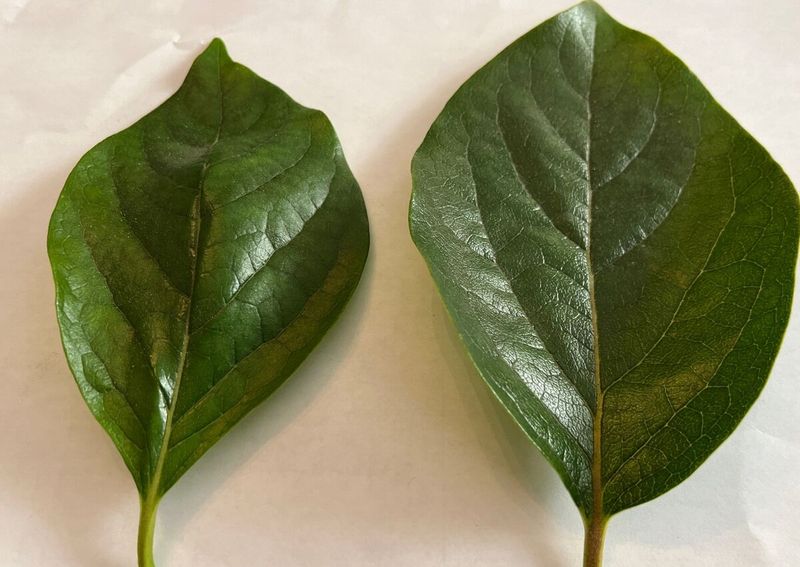
Persimmon leaf tea is a traditional Asian remedy for high blood pressure and improved circulation. The leaves contain flavonoids with potential anti-inflammatory properties.
Harvest young leaves in spring or early summer, then dry them thoroughly before steeping. Health enthusiasts appreciate that it’s naturally caffeine-free and rich in antioxidants.
10. Ripening Requires Special Techniques
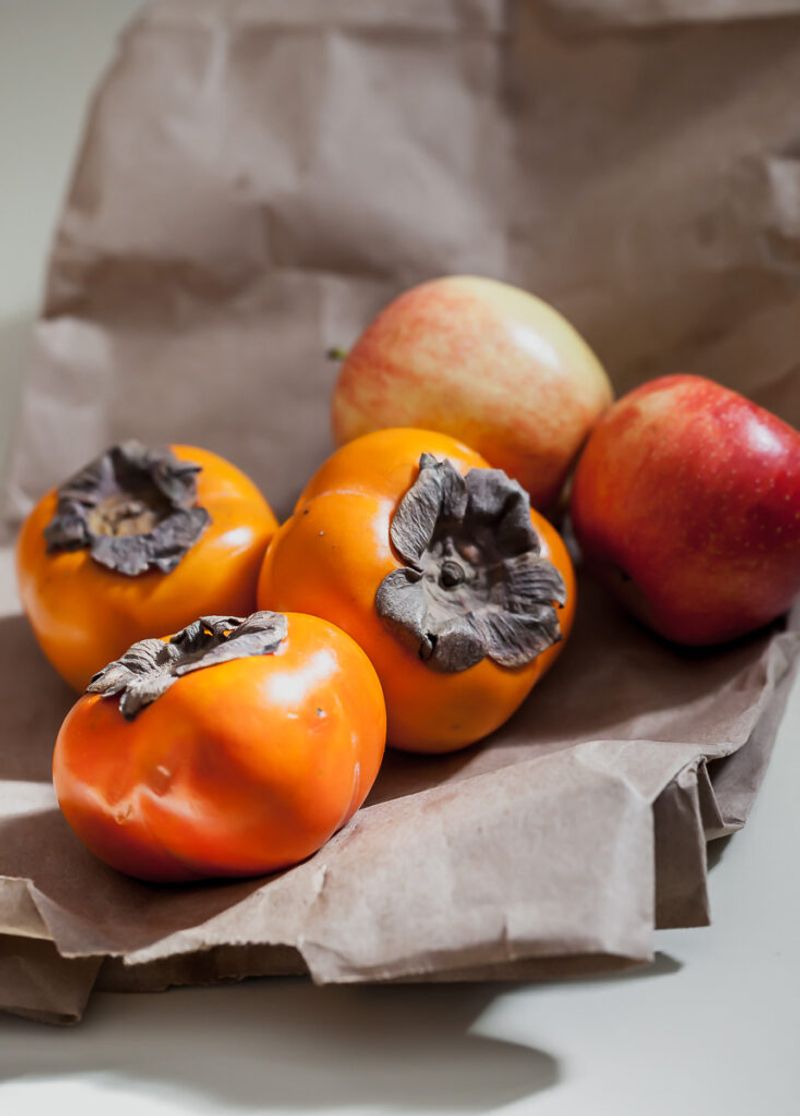
Stubborn unripe persimmons need specific conditions to transform. Place them in a paper bag with an apple or banana—these release ethylene gas that accelerates ripening naturally.
For quicker results, freeze persimmons overnight, then thaw completely. This breaks down cell walls and tannins simultaneously. Some chefs swear by soaking persimmons in vodka or warm water with baking soda!
11. Stunning Seasonal Salad Star
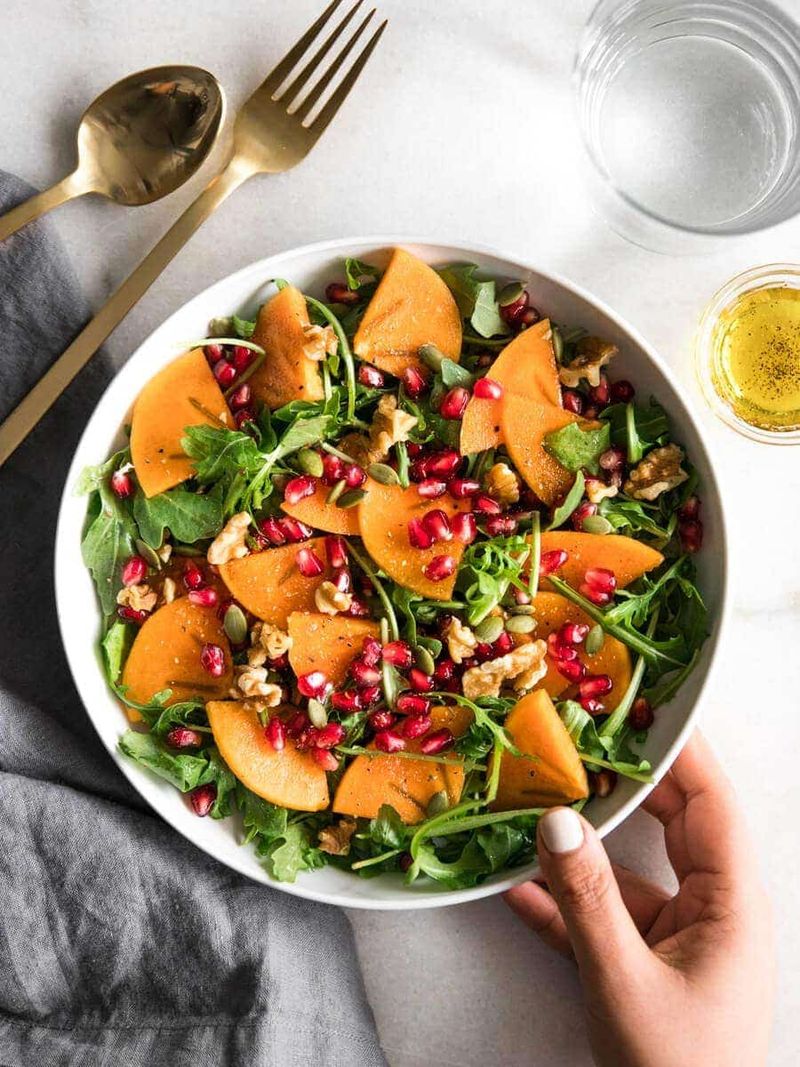
Firm Fuyu persimmons elevate ordinary salads into Instagram-worthy creations. Their crisp texture holds up beautifully when sliced thin and tossed with greens.
Try pairing persimmon with peppery arugula, goat cheese, and pistachios for a color explosion. The fruit’s subtle sweetness balances perfectly against tangy vinaigrettes made with balsamic or champagne vinegar.
12. Name Comes From Divine Origins
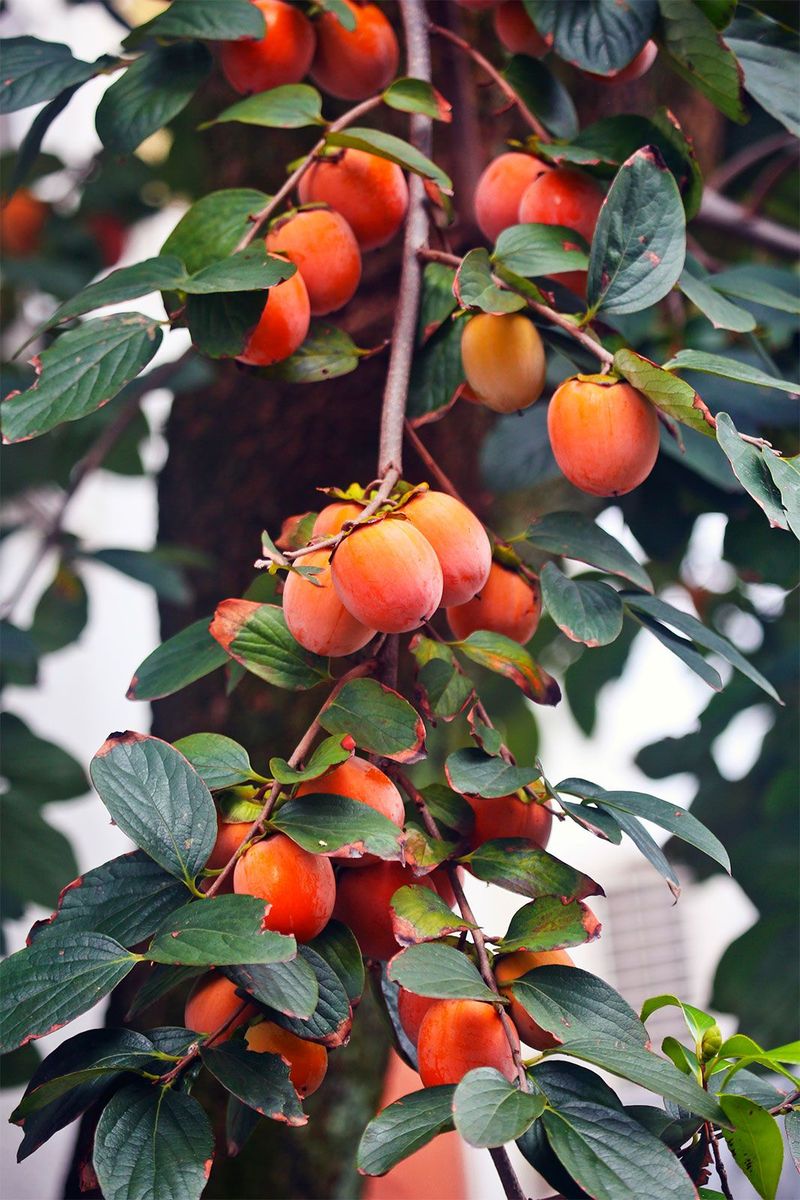
“Persimmon” derives from the Algonquian word “putchamin,” meaning “dried fruit.” But the scientific name tells a more fascinating story—
Diospyros literally translates to “food of the gods” from Greek roots.
Ancient Greeks didn’t know persimmons, yet the name perfectly captures their heavenly flavor. In Japan, they’re called “kaki,” while in Spain, they’ve earned the poetic nickname “the fruit of the gods.”
13. Wood Creates Premium Golf Clubs

Persimmon wood once dominated professional golf equipment manufacturing. The dense, shock-absorbing qualities made it perfect for crafting driver heads before metal versions took over.
Many golf purists still seek vintage persimmon clubs for their superior feel and connection to the game’s traditions. The wood’s beautiful grain patterns and natural durability also make it valuable for fine furniture.
14. Storage Methods Affect Flavor Development
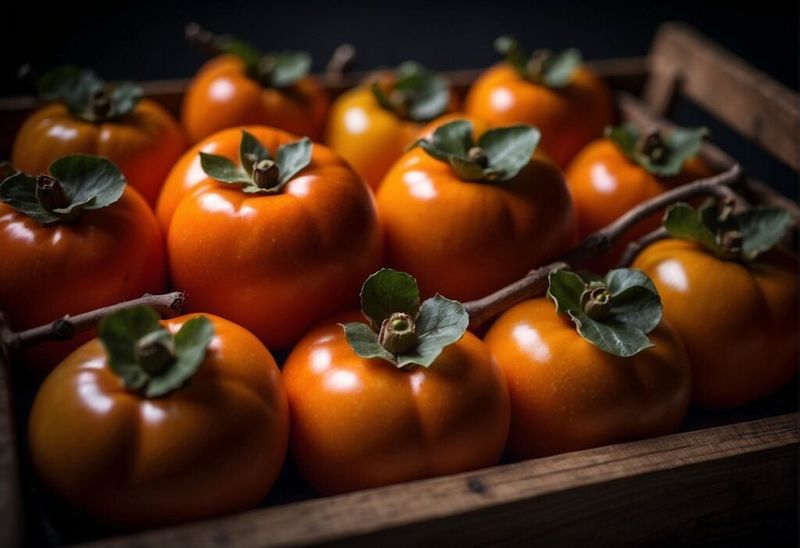
Firm Fuyu persimmons keep remarkably well at room temperature for 1-2 weeks as they slowly continue ripening. For longer storage, refrigerate them once they reach your preferred firmness to halt the process.
Fully ripened soft persimmons should be refrigerated immediately and used within days. Serious persimmon lovers freeze the pulp in ice cube trays for year-round access to this seasonal treat.
15. Impossible To Eat When Unripe
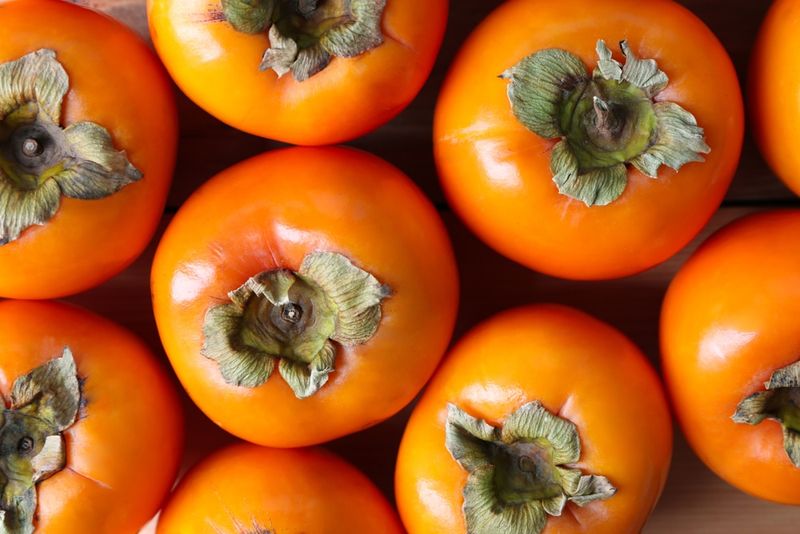
Biting into an unripe astringent persimmon ranks among life’s most unpleasant food experiences. The high tannin concentration creates an immediate cottony feeling that can persist for hours.
This astringency served an evolutionary purpose—deterring animals from eating the seeds before they fully developed. Folk remedies for the “persimmon pucker” include gargling with salt water or eating something fatty.
16. Colors Range Beyond Orange
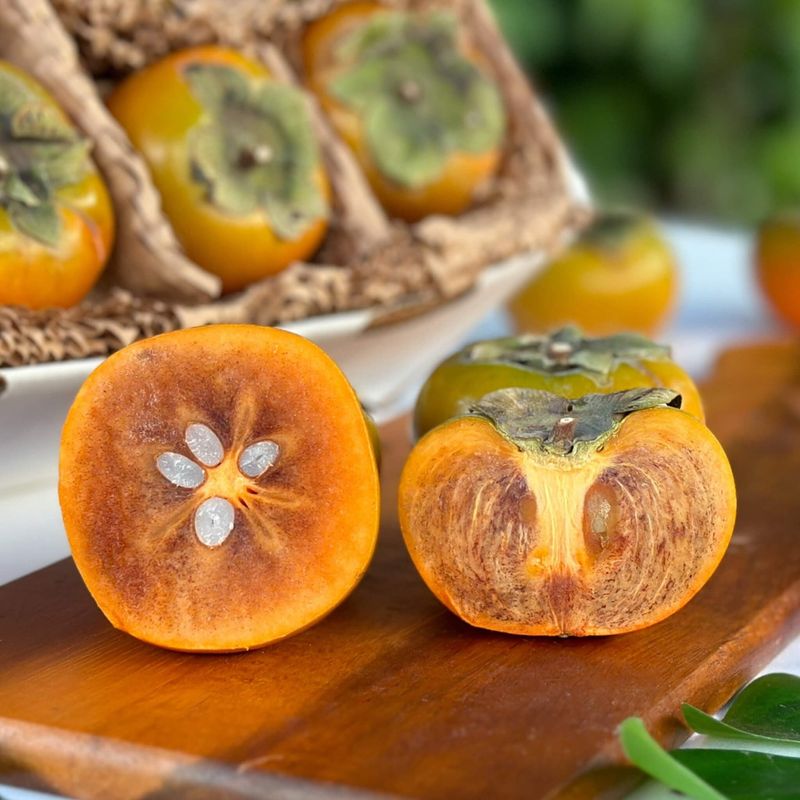
While bright orange dominates commercial varieties, persimmons actually come in surprising color variations. Some cultivars develop deep red skin when ripe, while others maintain a yellow-orange hue.
The rarest find? Maru persimmons from Japan with unique caramel-colored flesh.
17. Drying Creates Entirely New Experience
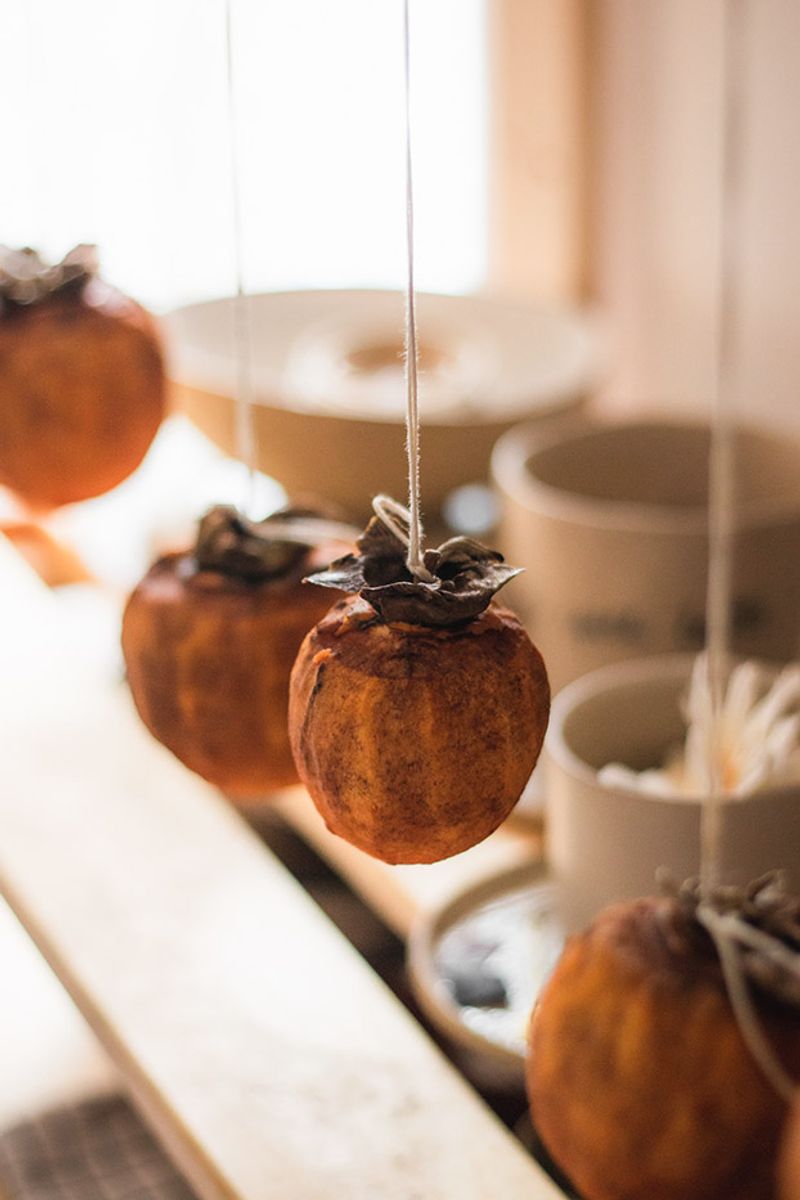
Dried persimmons develop concentrated sweetness and chewy texture similar to dates but with their own distinct character. Traditional hoshigaki involves peeling, hanging, and hand-massaging fruits daily for weeks.
Modern alternatives include food dehydrators or oven-drying.

